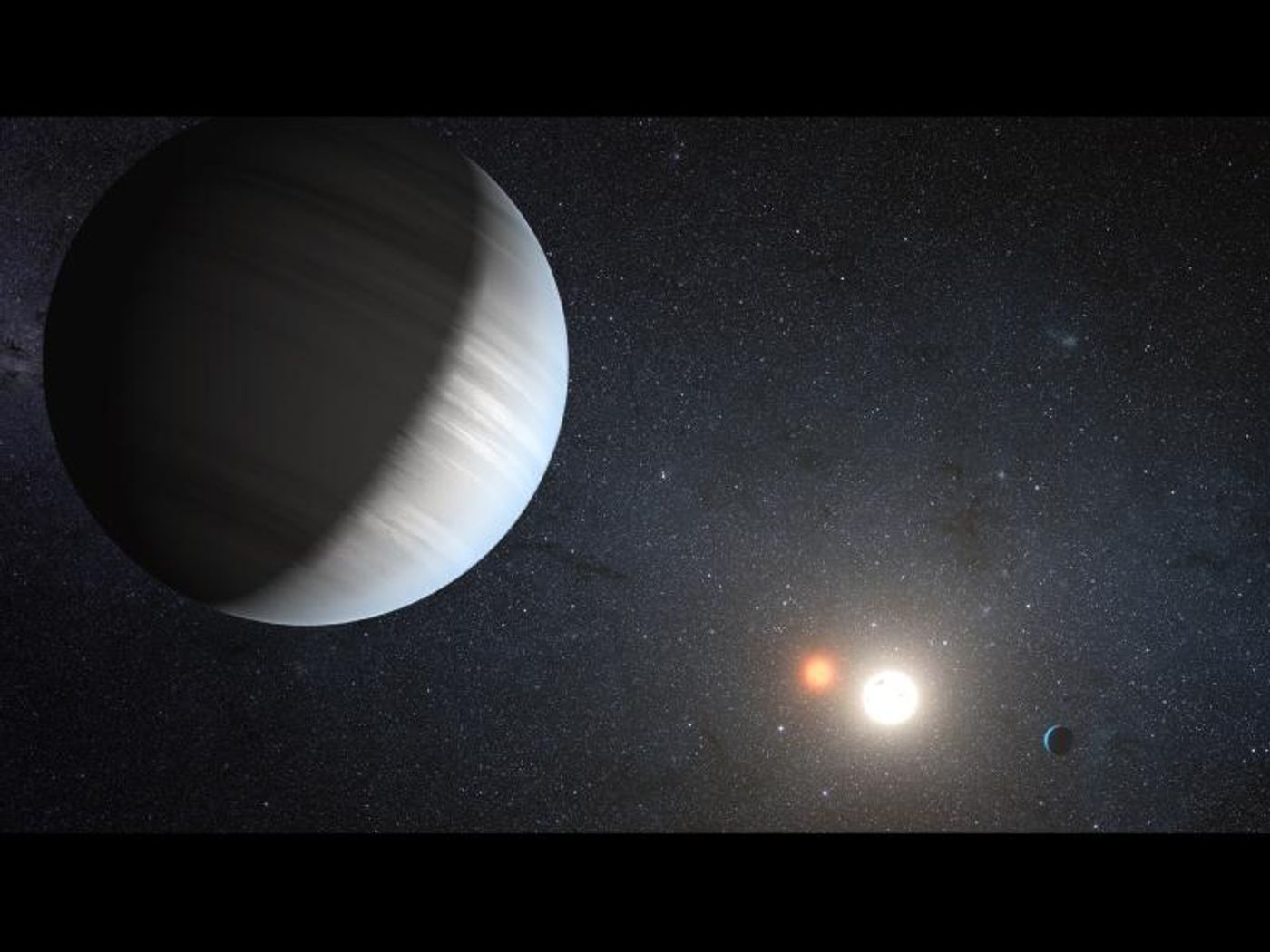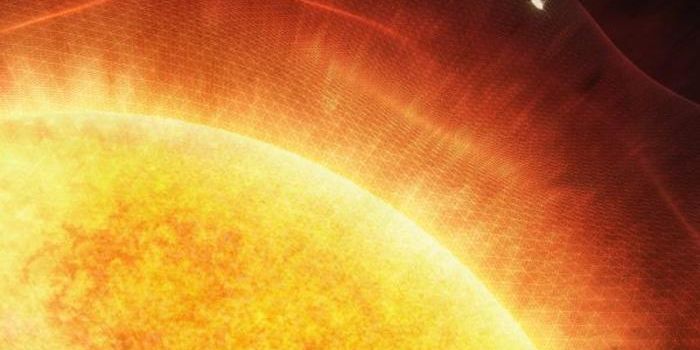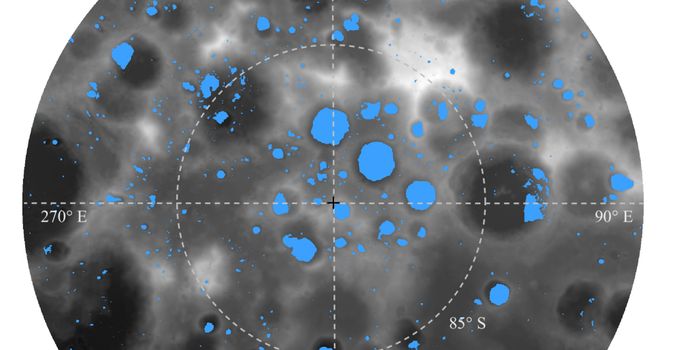Astronomers Confirm Historic Second Planet in Two-Star System
A study published today in Nature Astronomy examines the confirmation of a second exoplanet that resides in what’s known as a circumbinary system, or a two-star system, located approximately 1,300 light-years from Earth. This confirmation is profound since it marks only the second time astronomers have confirmed the existence of two planets in a circumbinary system and holds the potential to help scientists better understand the formation and evolution of planetary systems throughout the universe.
Artist illustration celebrating the discovery of planet BEBOP-1c using the radial-velocity method at telescopes in the Chilean Atacama Desert operated by the European Southern Observatory. (Credit: Amanda Smith/University of Birmingham)
Artist illustration depicting multiple planets in a cirbumbinary system. In this case, the Kepler-47 system. (Credit: NASA/JPL-Caltech/T. Pyle)
“Only 12 circumbinary systems are known so far, and this is only the second that hosts more than one planet,” said Dr. David Martin, who is an astronomer and Sagan Fellow at the Ohio State University, and a co-author on the study.
The researchers have designated the newly discovered second planet as BEBOP-1c, which stands for Binaries Escorted By Orbiting Planets, and is part of the TOI-1338 system, with the other previously discovered exoplanet being TOI-1338b, which was confirmed in 2020 using data collected by NASA’s TESS mission. While TOI-1338b was discovered using the transit method, this second planet was discovered almost accidentally when the team was attempting to ascertain the mass of planet b using the HARPS and ESPRESSO spectrographs operated by the European Southern Observatory in the Atacama Desert in Chile.
Initial discovery of TOI-1338b in 2020
“BEBOP-1c has an orbital period of 215 days, and a mass 65 times larger than Earth, which is about five times less than Jupiter’s mass,” said Dr. Matthew Standing, who is a researcher at The Open University, but completed his PhD at the University of Birmingham, and is lead author of the study. “This was a difficult system to confirm, and our observations were interrupted by the COVID pandemic when telescopes in Chile closed for six months during a critical part of the planet’s orbit. This part of the orbit only became observable again last year when we finalized the detection.”
Unlike the discovery of TOI-1338b, the researchers used what’s known as the radial velocity method to confirm the existence of BEBOP-1c, which involves measuring the gravitational tug a planet has on their parent star. Unlike the previous discovery, astronomers were able to ascertain the mass of BEBOP-1c but have yet to ascertain its size. While the team was unable to detect TOI-1338b in this most recent study, they were successful in ascertaining its density, which is described as “lower than a Victoria Sponge cake”.
Going forward, the team hopes to use NASA’s James Webb Space Telescope to further examine TOI-1338b given its rare density, which the researchers note offers an opportunity to learn more about the formation and evolution of circumbinary systems.
How many more multi-planet circumbinary systems exist in the universe, and what can they teach us about the formation and evolution of exoplanetary systems? Only time will tell, and this is why we science!
Sources: Nature Astronomy, University of Birmingham, NASA, NASA (1), NASA (2)
As always, keep doing science & keep looking up!










